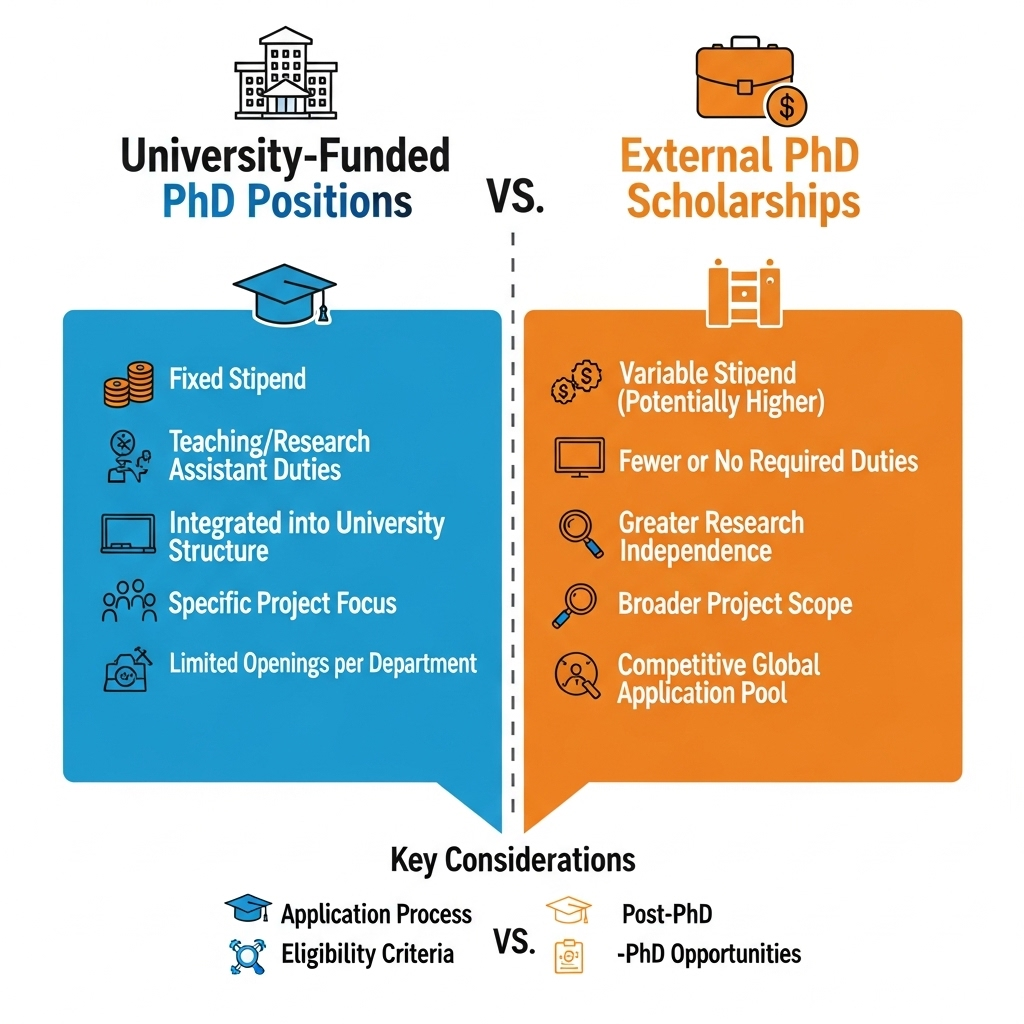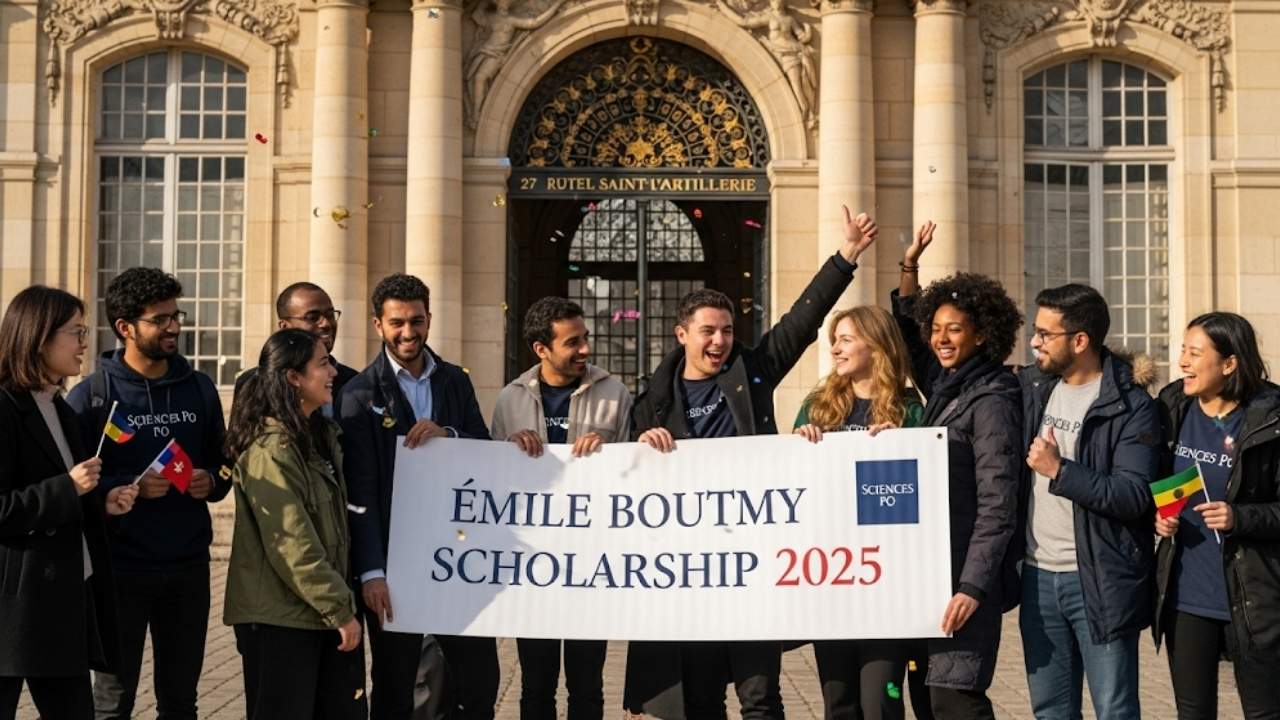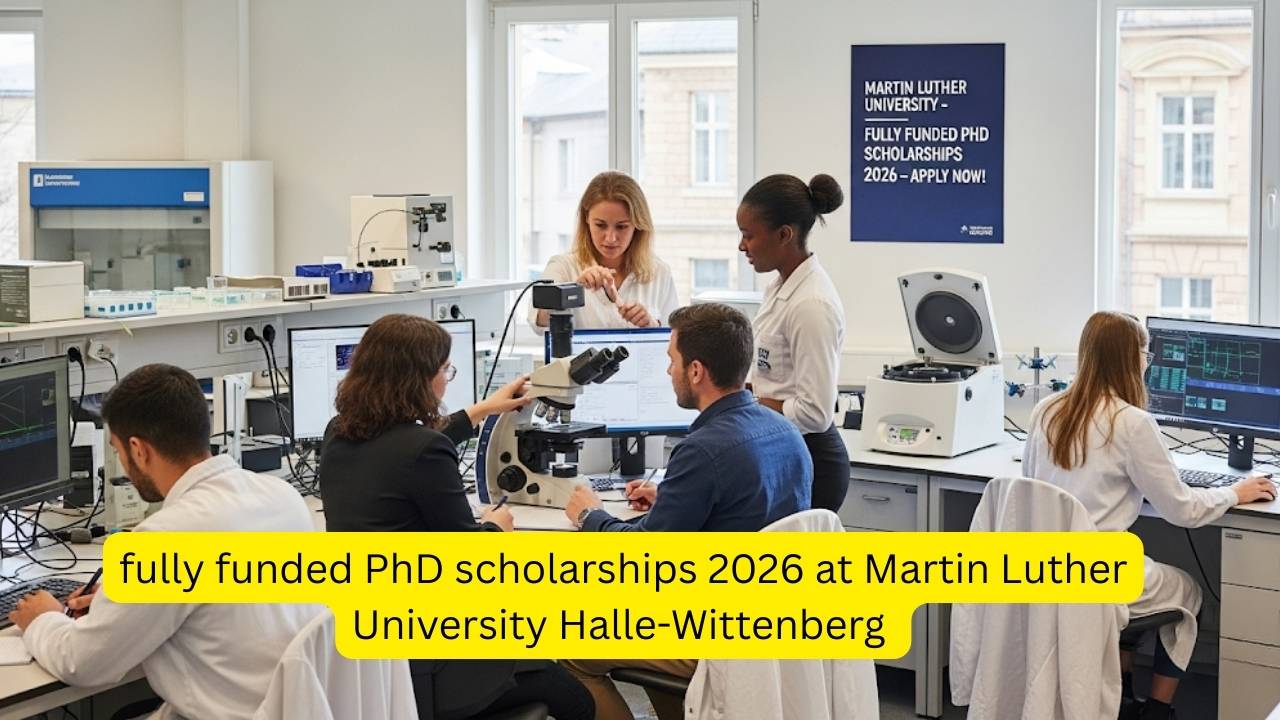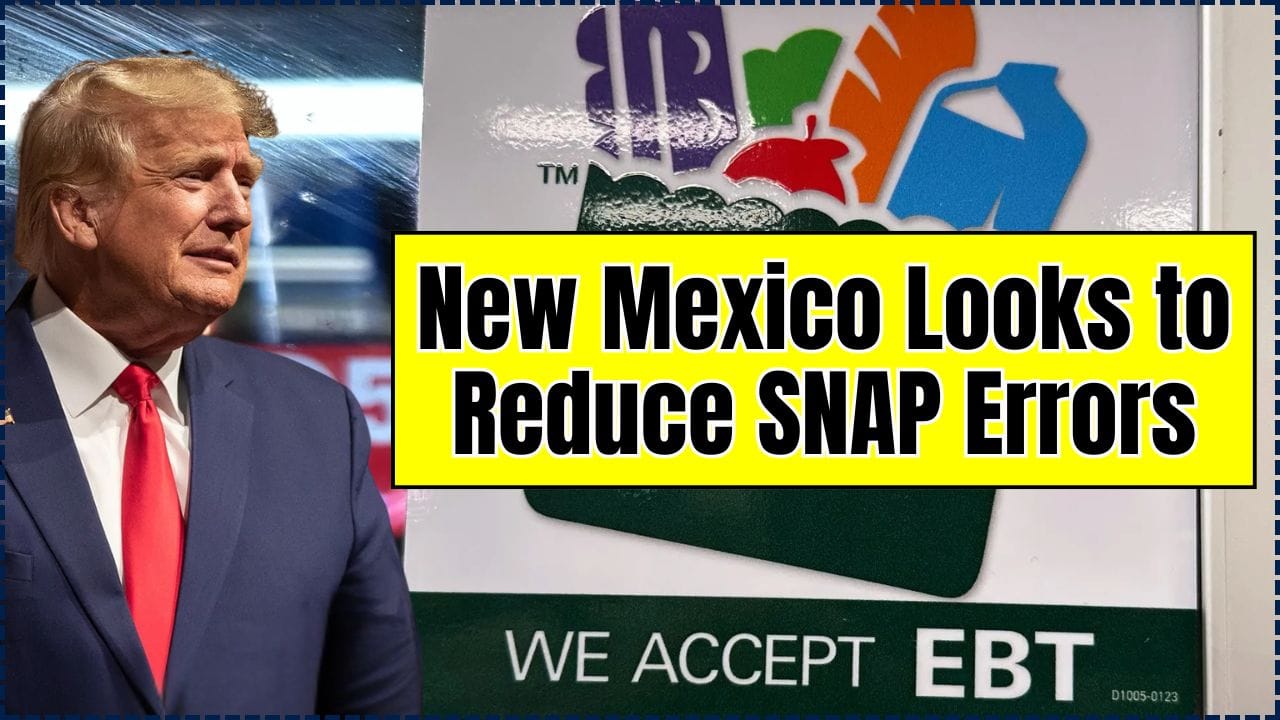Dreaming of pursuing your doctorate at a world-class international university? You’re not alone. Securing one of the many fully funded PhD scholarships abroad for 2026 can feel like the ultimate golden ticket, turning a lofty ambition into a life-changing reality. The path to a funded PhD is a marathon, not a sprint, but with the right strategy, it’s an achievable goal. This guide is your roadmap, designed to demystify the process, provide a clear timeline, and empower you to build a truly compelling application.

The journey to securing a fully funded PhD scholarship abroad for 2026 is demanding, but it is also incredibly rewarding. By starting early, staying organized, and crafting a thoughtful application that showcases your unique potential, you can stand out from the crowd.
Why a PhD Abroad is More Than Just a Degree
Embarking on a PhD journey overseas is a profound investment in your future. It’s about more than just earning the highest academic qualification; it’s an opportunity to immerse yourself in a new culture, build a global professional network, and contribute to cutting-edge research under the guidance of leading experts in your field.
- Full tuition fees, saving you tens of thousands of dollars.
- A regular stipend or salary for living expenses.
- Health insurance and sometimes even travel allowances.
Decoding the Scholarship Landscape: Types of PhD Funding
Understanding the different kinds of international PhD funding available is the first step. Broadly, funding falls into two main categories.

1. University-Funded Positions (Assistantships)
This is the most common form of PhD funding, especially in North America and much of Europe. You are essentially hired by the university or a specific department.
- Research Assistantship (RA): You are paid to work on a specific research project, usually one led by your supervisor. Your own PhD thesis is typically tied to this project. This is a fantastic way to get hands-on experience directly in your field.
- Teaching Assistantship (TA): You are paid to teach undergraduate courses, lead lab sessions, or grade assignments. It’s an excellent way to build your teaching portfolio.
- Fellowships: These are prestigious, merit-based awards given by the university to exceptional candidates. They often come with fewer (or no) work obligations, allowing you more freedom in your research.
2. External Scholarships
These are prestigious awards offered by governments, foundations, or corporations to foster international collaboration and support talented students. They are highly competitive but offer incredible benefits and prestige.
Think of it like this: university funding is like getting a job at a company that pays for your training, while an external scholarship is like winning a prestigious national award that you can take to the institution of your choice.
Your Strategic Timeline: How to Prepare for a 2026 PhD Intake
Securing a spot for 2026 starts now. A well-paced approach is crucial to avoid last-minute stress and produce a high-quality application. In my experience advising students, the most successful applicants are those who start their preparation at least 18 months in advance.
Phase 1: Research & Groundwork (January – April 2025)
This is your exploration phase. The goal is to move from a vague idea to a concrete list of potential programs and supervisors.
- Define Your Research Niche: What specific questions do you want to answer? Read the latest papers in your field.
- Shortlist Countries & Universities: Consider factors like research strengths, language requirements, and faculty expertise.
- Identify Potential Supervisors: This is key! Look for professors whose research genuinely excites you. Read their recent publications. According to a guide from the University of Oxford, finding the right supervisor is one of the most critical steps in your application.
- Standardized Tests: If needed, start preparing for language tests (like IELTS/TOEFL) or graduate exams (like the GRE).
Phase 2: First Contact & Document Drafting (May – August 2025)
Now it’s time to start putting the pieces together and making connections.
- Craft a Professional Email: Reach out to the supervisors you identified. Keep it concise, professional, and personalized. Mention their work specifically and briefly introduce your research interests. Attach your academic CV.
- Develop Your Research Proposal: This is the heart of your application. It outlines the what, why, and how of your proposed PhD project. Start drafting it now and get feedback.
- Request Letters of Recommendation (LoRs): Give your chosen referees plenty of notice (at least 6-8 weeks). Provide them with your CV, research proposal, and the details of the programs you’re applying to.
Phase 3: Application & Submission (September – December 2025)
This is the main event! Most application portals for a Fall 2026 start will open during this period.
- Finalize Your Documents: Polish your Statement of Purpose (SoP), CV, and research proposal. Proofread everything meticulously.
- Complete Online Applications: Fill out the application forms for each university and scholarship. Pay close attention to deadlines—they are non-negotiable!
- Submit and Confirm: Submit your applications well before the deadline to avoid technical glitches.
Phase 4: Interviews & Offers (January – April 2026)
If your written application impresses the admissions committee, you may be invited for an interview.
- Prepare for Interviews: Re-read your research proposal and the supervisor’s work. Be ready to discuss your project, motivations, and long-term goals.
- Receive Offers: Offers will typically be sent out during this period. Read them carefully, paying attention to the funding details.
- Accept Your Offer: Congratulations! Formally accept your chosen offer and begin the visa and relocation process.
Spotlights: Top Fully Funded PhD Scholarships Abroad 2026
While many PhDs are funded directly by universities, several prestigious external scholarships are worth aiming for. Here are a few global leaders:
- Fulbright Foreign Student Program (USA): A flagship program of the U.S. government, Fulbright offers generous funding for graduate students to study and conduct research in the United States. It’s known for its focus on cultural exchange. More details are available on the official Fulbright website.
- Chevening Scholarships (UK): Funded by the UK government, Chevening is aimed at developing global leaders. It provides full funding for a one-year master’s degree, but many scholars use this as a pathway to a funded PhD at the same institution. Visit the Chevening official site for eligibility.
- DAAD Scholarships (Germany): Germany is a powerhouse for research and offers numerous PhD positions with no tuition fees. The German Academic Exchange Service (DAAD) offers fantastic scholarships that cover living expenses for doctoral students.
- Commonwealth PhD Scholarships (UK): For citizens of eligible Commonwealth countries, these scholarships fund full-time doctoral study at a UK university. They are aimed at high-income and least-developed/lower-middle-income countries, as detailed by the Commonwealth Scholarship Commission in the UK.

Crafting a Winning Application
I’ve seen many brilliant students with high GPAs get rejected. Why? Often, it’s because their application failed to tell a compelling story. Your documents must work together to show who you are, what you want to research, and why you are the perfect fit for the program.
- Statement of Purpose (SoP): This is your narrative. Don’t just list your accomplishments. Connect your past experiences to your future research goals. Show passion and intellectual curiosity.
- Research Proposal: Be specific, clear, and realistic. It should demonstrate that you have a deep understanding of the field and a viable plan to contribute to it.
- Academic CV: Tailor it for each application. Highlight research experience, publications, conference presentations, and relevant skills.
Your Ultimate Guide to the BP Bridge Program 2025: Secure Your $5,000 Engineering Scholarship
Your Ultimate Guide to the University of Pretoria Commonwealth Doctoral Scholarship 2026
FAQs
Q1: Do I need to have a master’s degree to apply for a PhD abroad?
It depends on the country and program. In the UK and Europe, a master’s degree is almost always required. However, in the United States and Canada, it’s common for exceptional students to be admitted directly into a PhD program after their bachelor’s degree. Always check the specific entry requirements for your target programs.
Q2: Can I get a PhD scholarship with a lower GPA?
While a high GPA helps, it’s not the only factor. A strong application can compensate for a less-than-perfect GPA. A compelling research proposal, relevant work or research experience, glowing letters of recommendation, and a well-articulated Statement of Purpose can make a huge difference. Focus on showcasing your passion and potential for research.
Q3: Is it essential to contact a potential supervisor before applying?
In most science, technology, engineering, and mathematics (STEM) fields, it is highly recommended and often expected. Securing a supervisor’s interest can significantly boost your chances. For humanities and social sciences, it’s still a good practice but may be less critical depending on the university’s admissions process.










